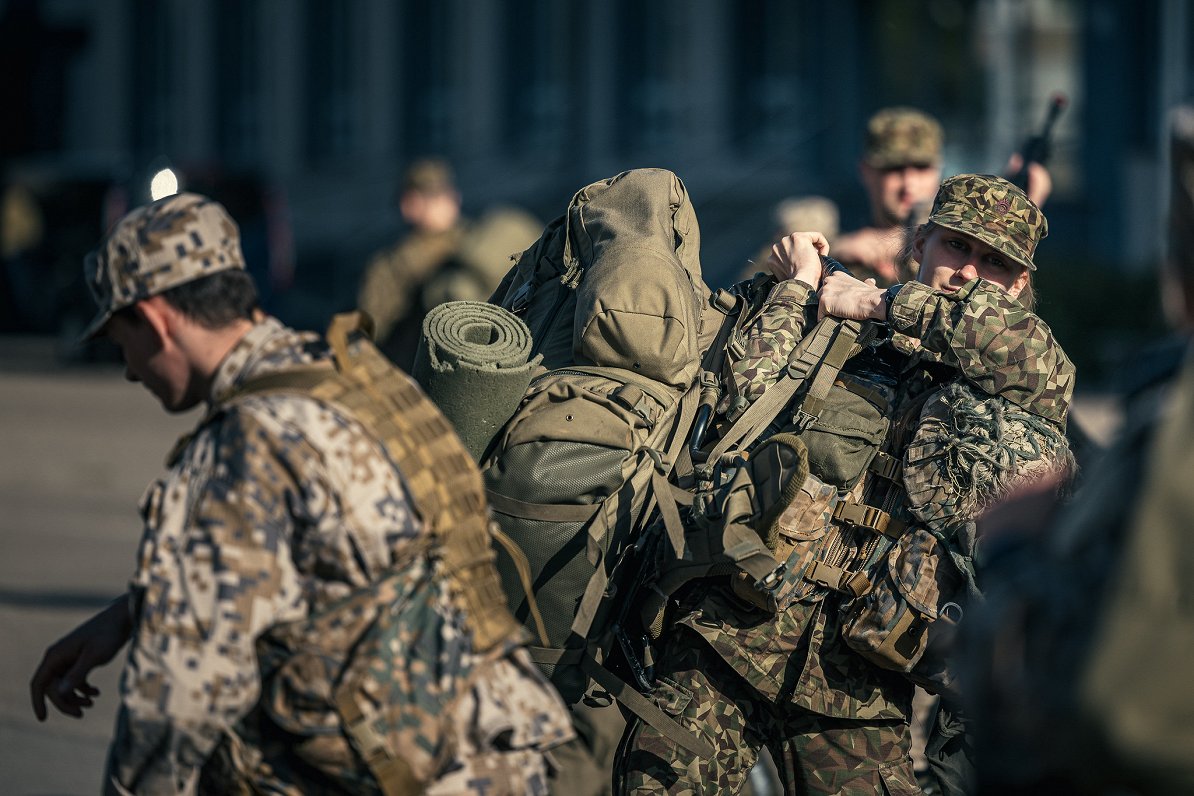The National Armed Forces Development Plan is developed by the Ministry of Defense, in accordance with military planning procedures, on the basis of the State Defense Concept, the National Defense Operational Plan and proposals of the Commander of the National Armed Forces.
The plan is updated every four years and approved by the Cabinet of Ministers. If necessary, the Minister of Defense shall prepare amendments to the plan and submit them to the Government for approval.
The development plan defines the development objectives, capabilities to be developed and actions to be taken in the long term, development priorities, tasks, and deadlines, as well as the interrelation between planning and budgeting in the medium term, where development objectives, capabilities, and actions are defined for the next 12 years, and development priorities, tasks, deadlines and budget for the next four years.
Minister of Defense Andris Sprūds (Progressives) said that the development plan confirms the shift in recent years from peace-oriented thinking to action and preparedness for any scenario and threat.
In total, the development plan contains 26 capabilities that need to be implemented during the 12-year period, but many of them are already being put in place and implemented.
The plan foresees up to 3% of gross domestic product (GDP) invested in defense by 2027. This is taking into account the additional defense investment already made to purchase air defense systems and reinforce the eastern border,
Latvia already invested more than 3% of its GDP in defense in 2023 and will continue to do so this year.
In the context of the capabilities of the National Armed Forces, the development plan identifies six main development priorities covering land, air, and maritime environments: 1) strengthening of the armed forces capability, 2) acquisition of anti-ship missile systems, 3) acquisition of air defense systems, 4) indirect fire support including the acquisition of HIMARS platforms and self-propelled artillery systems, 5) acquisition of infantry fighting vehicles, 6) development of unmanned aerial vehicle systems.
Strengthening the eastern border in cooperation with Lithuania and Estonia by creating the Baltic Defense Line is a separate priority.
The development of military infrastructure, in particular, the establishment of the military training ground "Selija", is also an important element of the plan.
The plan provides for an increase in the peacetime strength of the structure to 31,000 active and 30,000 reserve troops.
Over the next four years, €32 million will be invested in research and development.
Ukraine's victory in the war against Russia is crucial for security, peace, and stability in Europe, and the plan will continue to support Ukraine. The main elements of support are identified as the operation of a Latvian-led drone coalition, ammunition supplies, training of Ukrainian soldiers, and provision of materiel. The plan is to allocate 0.25% of gross domestic product annually to support, which this year will amount to around €112 million.


























